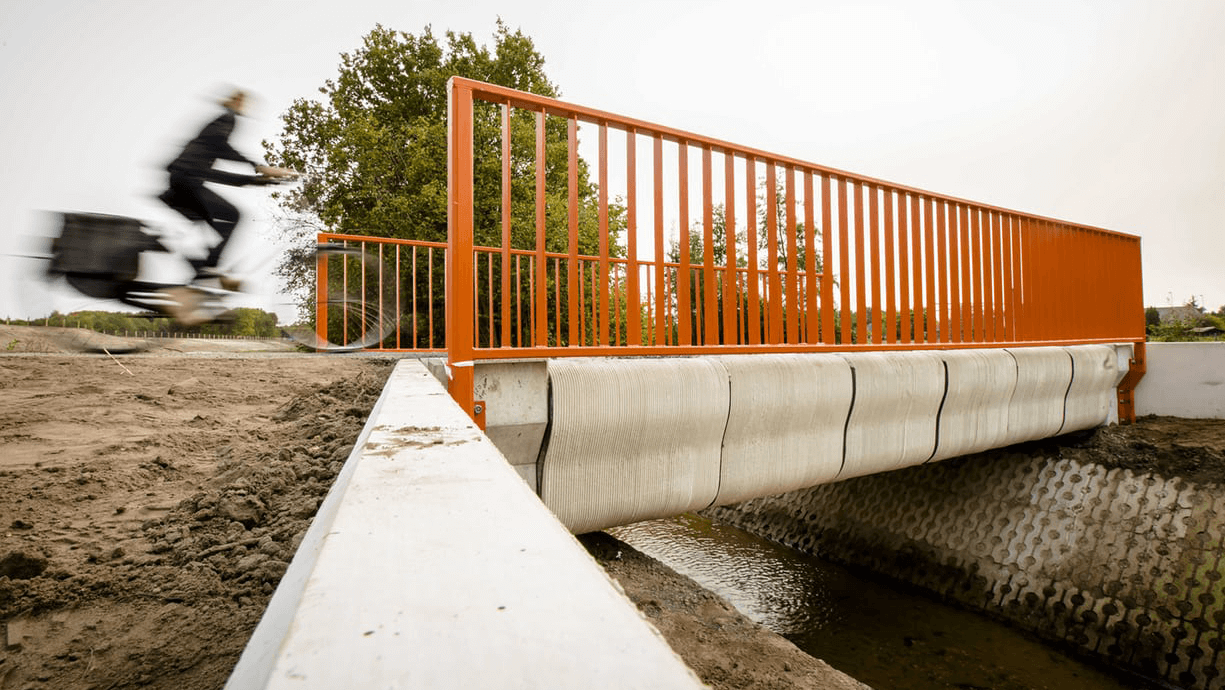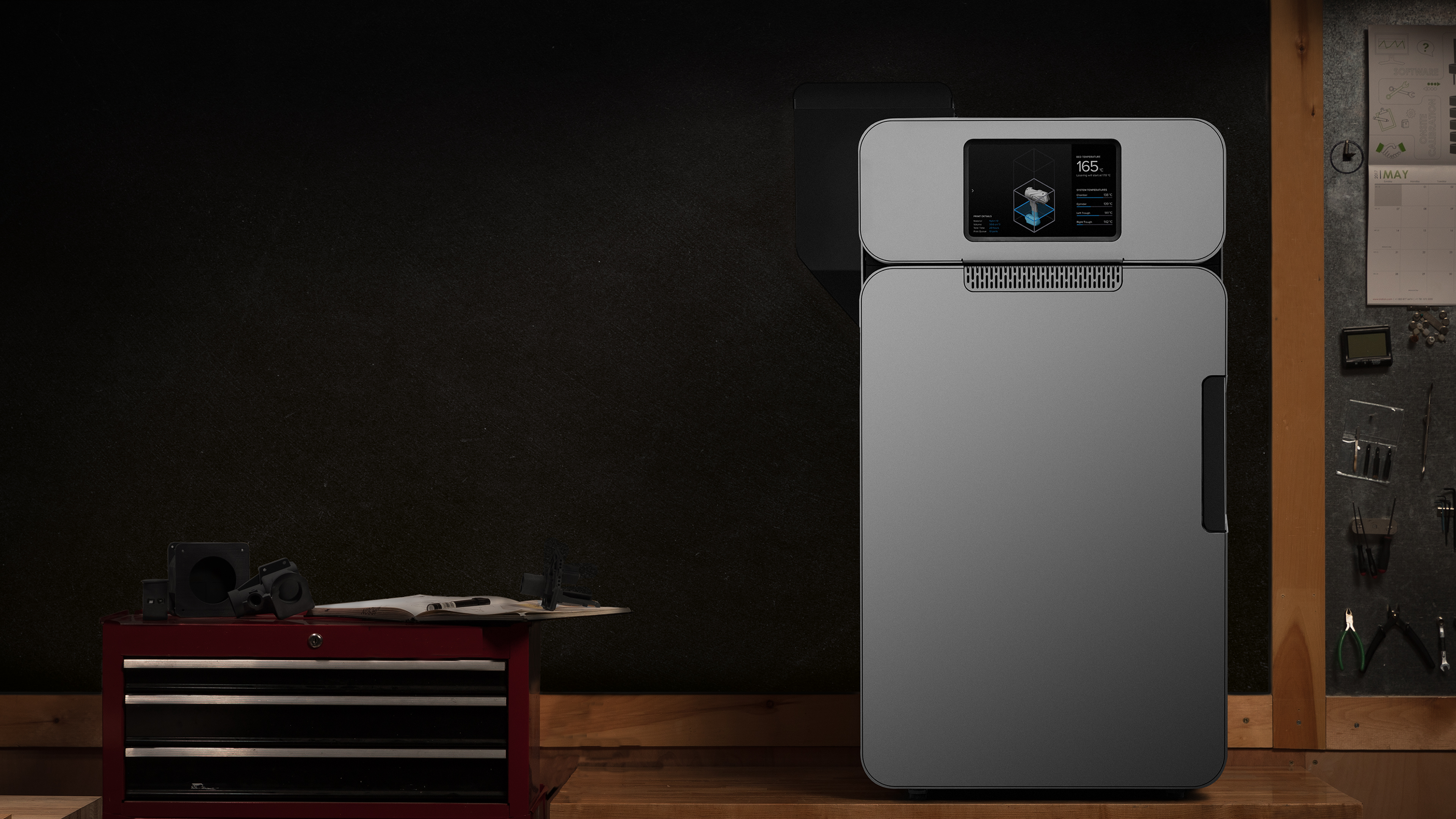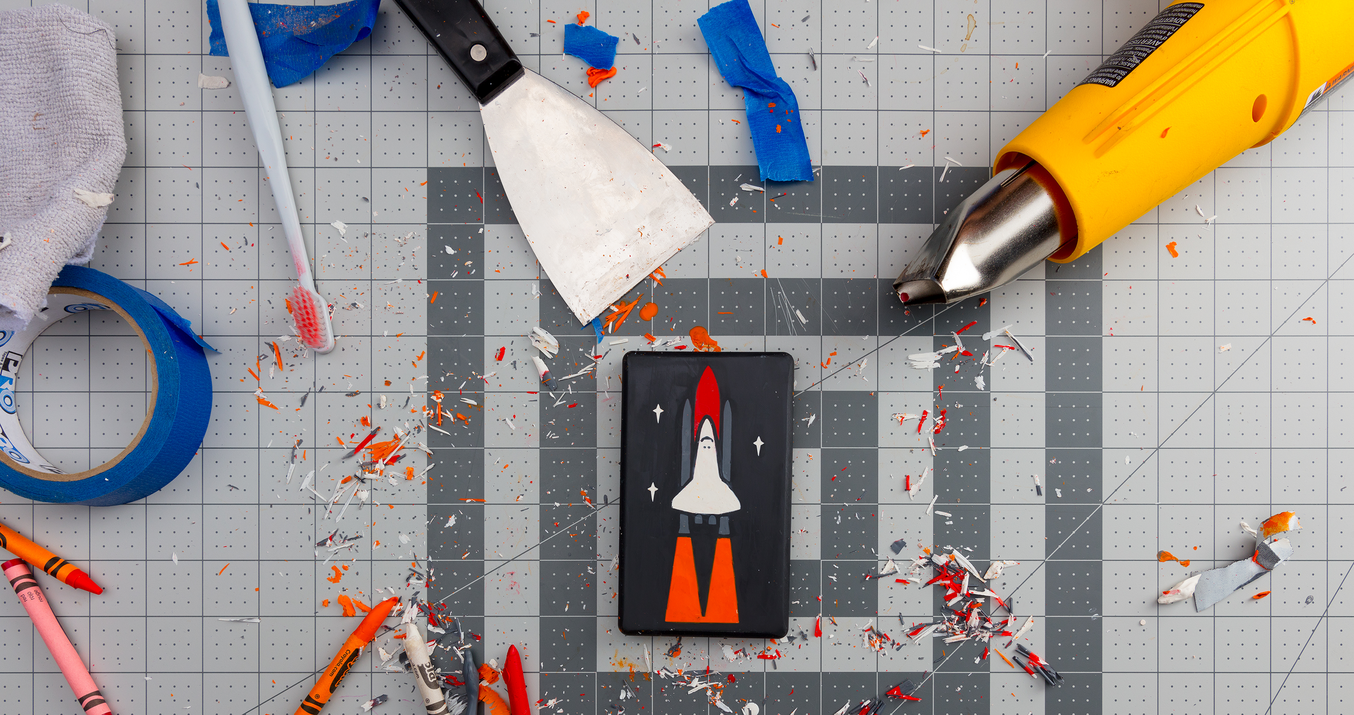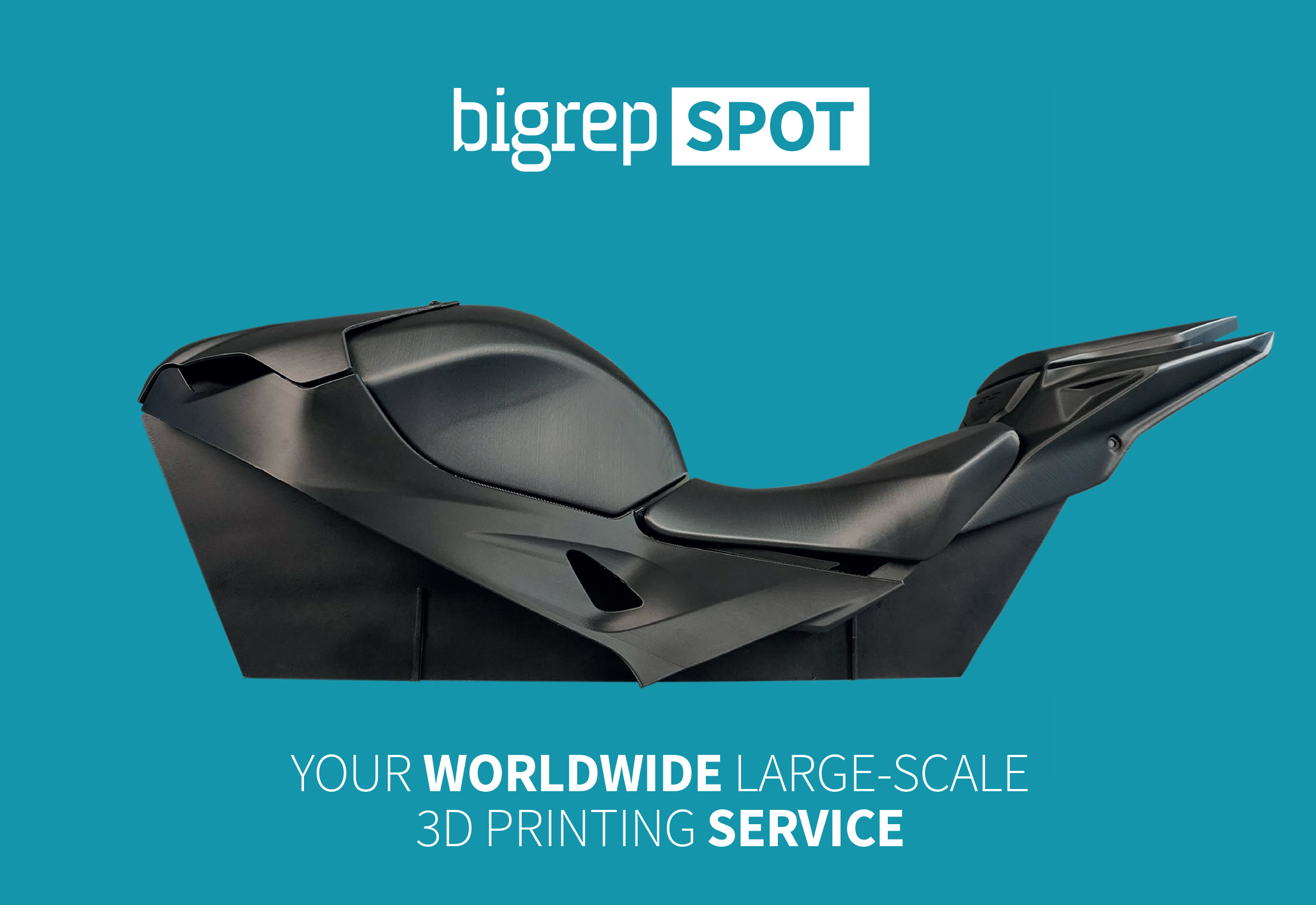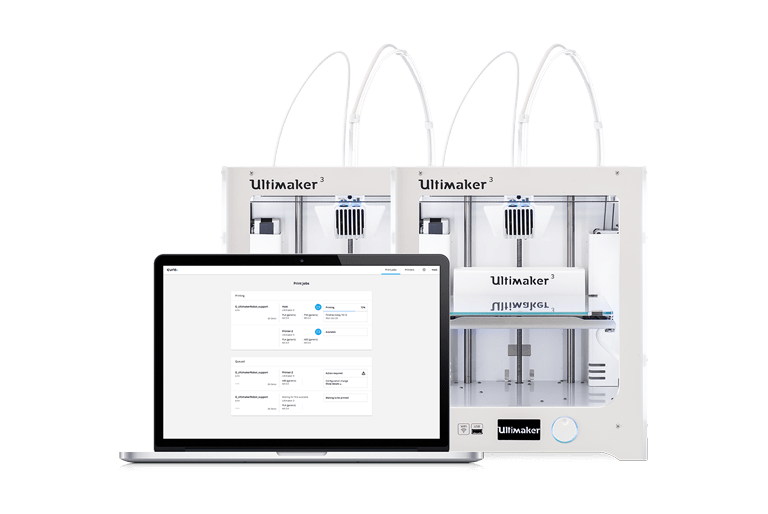World’s First 3D Printed Bicycle Bridge Opens in the Netherlands
The concrete 3D printed bicycle bridge created by the Technical University of Eindhoven and BAM Infra is open in Gemert, Netherlands.
If you ever happen to be cycling around the Dutch town of Gemert (and let’s face it, if you’re in the Netherlands, chances are you’re on a bike), you may just end up crossing over a concrete piece of 3D printing history.
On Tuesday, Dutch officials opened 3D printed bicycle bridge that has been under construction by the Technical University of Eindhoven and the construction company BAM Infra. The collaborative construction effort began in June, and is now ready for cyclists to cross over.
The bridge was 3D printed in six pieces out of a concrete mixture material, and then reinforced with steel cable. Afterwards, the team assembled the pieces and erected the bridge on-site. At about 800 layers of concrete, the 26-foot long structure is situated above a ditch, connecting two roads together.
3D Printing Crosses Over the Construction Industry Bridge
According to the team, the 3D printed structure is able to support 5 tons of weight, making it more than safe for a large group of bikers to pedal over. It is designed to sustain use for about 30 years.
This longevity is due in part to the steel reinforcement cable throughout the bicycle bridge, able to take on the tensile stress and relieve the less apt concrete material. While the feat is certainly one to be celebrated, it’s not exactly the time the task of 3D printing a bridge has been crossed.
Earlier this year, a 3D printed pedestrian bridge was completed and erected in Madrid, Spain. Meanwhile, the Dutch company MX3D has been mixing 3D printing and machine learning to create robots capable of printing a bridge on the spot. This particular project has been going on since 2015, and is still in the works.
However, the 3D printed bicycle bridge in Gemert is no small feat, and showcases the advantages of using additive manufacturing in the construction industry. For one, TU Eindhoven and BAM Infra prove that less concrete material is needed with their method, thus reducing the high carbon footprint of cement. Additionally, 3D printing enable more complex shapes that are difficult or impossible to match with traditional techniques.
TU Eindhoven and BAM Infra built the bridge on behalf of the Noord-Om project, a construction project aiming to build a ring road near the village of Gemer. The university is also participating in another project to 3D print five houses that will end up being occupied.

